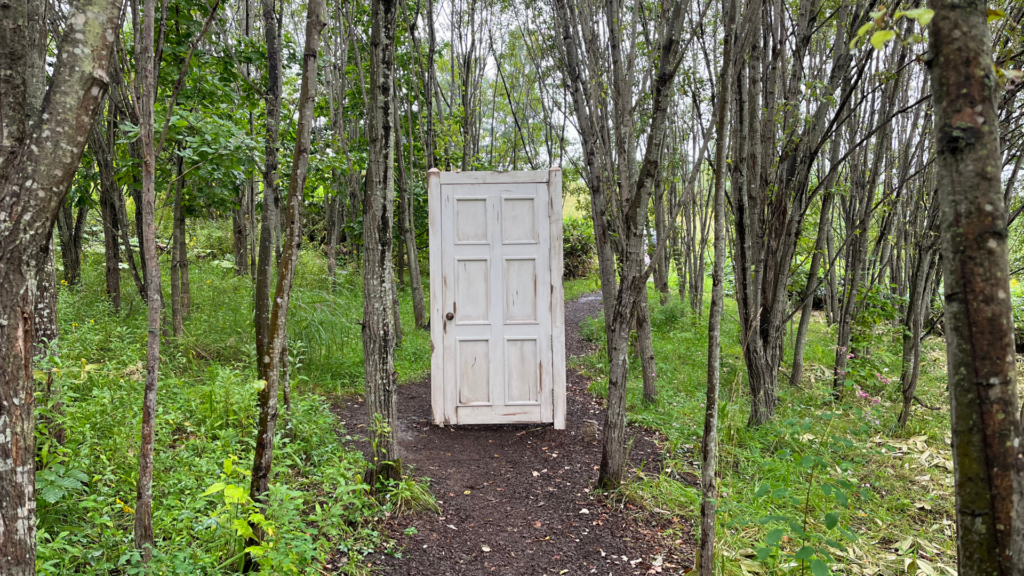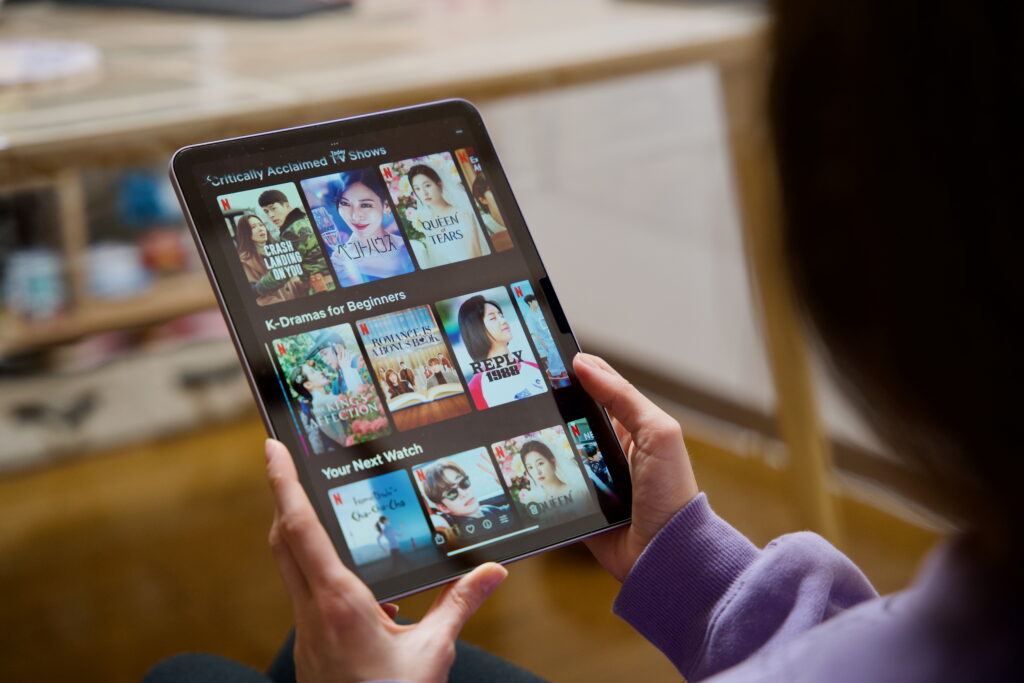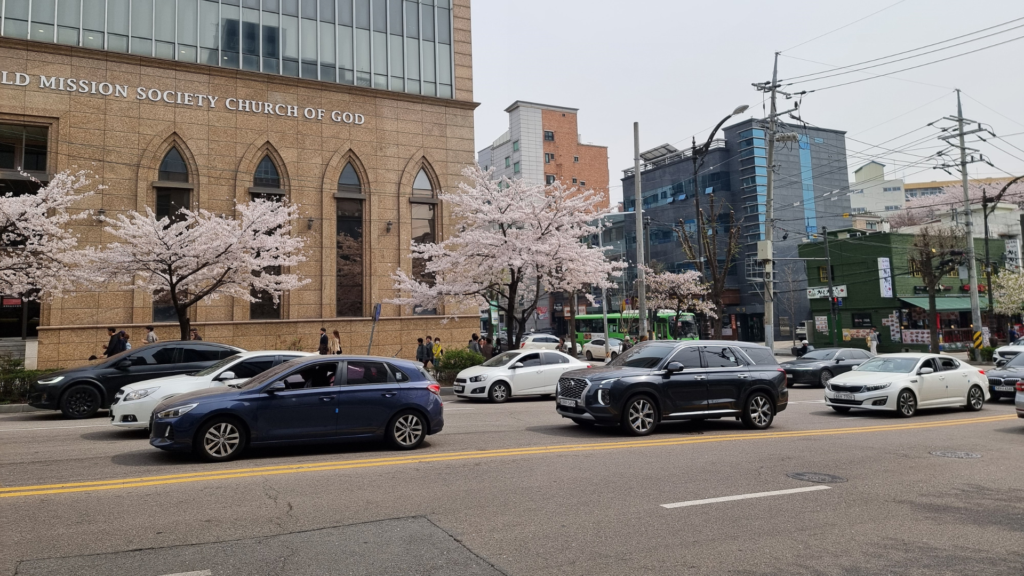The Internet in Korea plays a very important part in everyday life. As such a cyberculture has developed with elements that are specifically unique to Korea.
Korea is well known for being at the forefront of technological advancement throughout the world. Companies such as Samsung and LG are enjoying more and more popularity and success globally. Korea boasts the fastest Internet speeds in the world. Its reported average of 28.6MB/s is over 4 times faster than the current world average of 7MB/s. 1024MB/s connections are becoming common place in urban Korean homes at a ridiculously affordable price of roughly USD 20 a month. This equates to a speed of almost 80 times the speed of a similar household connection in the USA.
Korea’s infrastructure is very impressive. High speed connections are available practically everywhere in Korea, even on the metro several floors underground. This is quite a famous point that foreigners often notice of when first coming to Korea.
With broadband access available just about anywhere, here are some of the ways the Internet has seeped into Korea life.
Korean E-sports cyberculture
When talking about Korean cyberculture you have to start with E-sports. In the continually expanding world of E-Sports, Korea has some of the best gamers on the planet. Korea was one of the pioneers of popularizing online competitive gaming. Games like Starcraft 2 and League of Legends were extremely popular during the earlier parts of this century and still continue to be popular today. KeSPA was established during year 2000 to manage Korean E-sports.
PC cafes (PC방) are a comfortable and cheap way to access the latest games, whilst having access to otherwise expensive, high performing computers. Especially among the younger population, it is a very popular to way to spend time. At roughly just 1000-1500 won (USD 1-1.5) an hour there are certainly worse places to spend your time. Even if you are not a gamer, it’s a very comfortable environment to watch a movie or just browse the Internet.
Live streaming
Korea’s popular P2P (peer-to-peer) streaming service Afreeca TV launched in 2006 and has an ever growing, active, and passionate community. As well as re-transmitting television broadcasts, the content ranges from the latest craze 먹방 (Mukbang – which involves people talking about a whole range of topics whilst eating lots of food) to live streaming games, reactions to various products, and even live taxi driver monitoring. BJs (broadcasting jockeys) make various content on the platform daily.
There have been various controversies in the Afreeca TV community. Afreeca adopted the ‘real name policy’ to battle online bullying after the suicide of a young girl. This policy requires website users to register using their real name and address. In this way, users are tied to any damaging activity.
VR – a newcomer to cyberculture
In most parts of the world VR (virtual reality) is somewhat untested, quirky, and expensive. However, in Korea, people widely adopt VR as a continuously improving entertainment medium. Because of the high speed Internet, online content can be streamed seamlessly. There are escape rooms, cinemas, VR sports/adventure stores all over that take advantage of this technology. VR is a fun and interesting way for people of all ages to pass the time and is an excellent group activity to try.
Web-toons
While it does not enjoy the same worldwide notoriety as Japanese manga and anime, Korea’s cyberculture has a similar booming industry domestically. You will see people of all ages, especially on the metro, absorbed in their favourite web-toons. People normally read these web-toons on their phone. The latest episodes are readily available, usually at no cost.
What are your experiences with Korean cyberculture? Come check it out when you live and study in Korea with Go! Go! Hanguk’s help!















